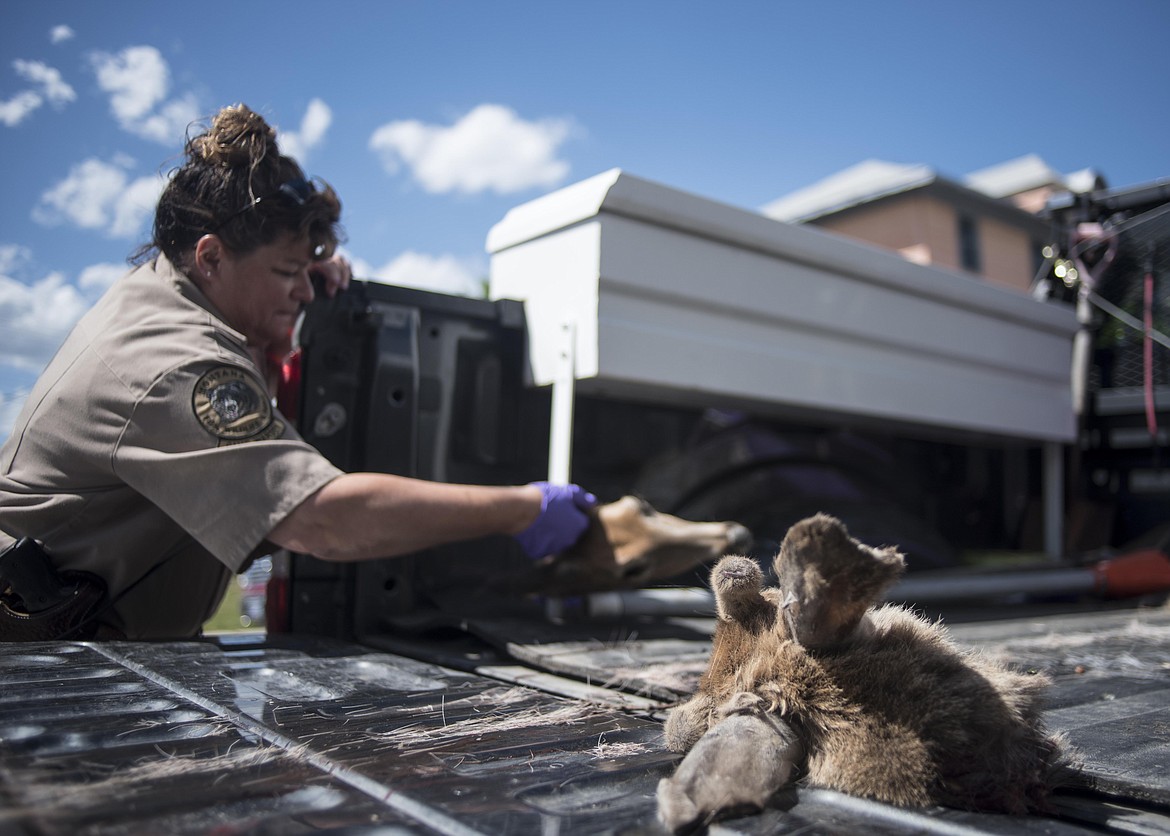Chronic wasting disease found in two deer in Idaho
|
November 23, 2021 7:00 AM
LEWISTON, Idaho (AP) — Idaho wildlife managers say two deer killed in north-central Idaho have tested positive for chronic wasting disease. It's the first time the contagious and fatal neurological disorder has been detected in the state. ...
Become a Subscriber!
You have read all of your free articles this month. Select a plan below to start your subscription today.
Already a subscriber? Login



